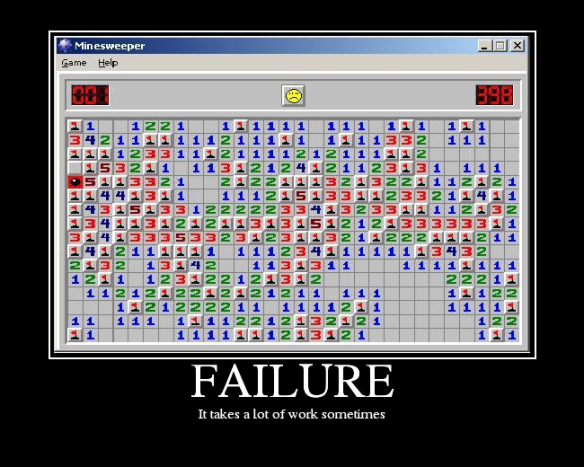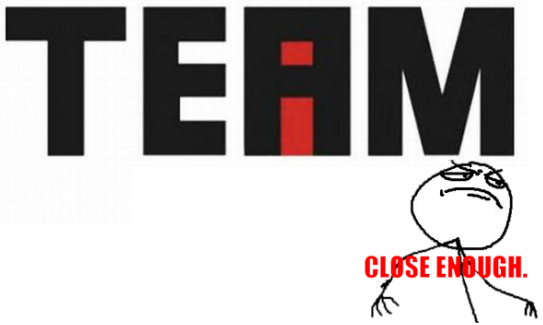Happy Halloween! In the spirit of the holiday I want to talk about how those days as a kid, pretending to be a princess, superhero, or zombie, can help us as leaders today.
Pretending to be something you are not can actually help you to relate to people that are different from you. This can be done with role-playing or simply imagining people’s reactions to statements, strategies, initiatives, etc.
So for the non-actors in the room, how can you get inside the head of someone to understand their perspective?
- Give them a backstory. If you can piece together the past of someone, then you can better understand how they turned out the way they are. People are conditioned by their experiences. You are no exception. Even if you don’t know the history of someone, create one in your mind that helps to explain their personality. It is easier to relate at that point. Just be careful not to mix up your imaginary story with the real one…that would be awkward.
- Understand their motivations. People have agendas and rarely are they the same. For some it is as simple as earning a paycheck to take care of their family. For others it is about the shortest climb to the top of the mountain. If you know what drives people, you can relate to their reasons for acting the way they do. Knowing this can help you motivate your team.
- Put things in context. Don’t isolate the reactions you get or the behaviors you see to a single moment. There was a series of events that led to it and created that response you saw for that one instance. Try to understand where it came from and you will better understand the person.
- Get a common language. There are a couple of tools that tell you different things about a person. There are Myers-Briggs, FIRO-B, and DiSC that help to describe different personality types, behaviors, and decision-making processes. These “tests” can help you get your team on the same page and help you understand how people think. It also gives you a way to help identify where people are coming from and why they act the way they do. Check out the links for more information.
I always try to remember that people typically want to do a good job and be proud of their work. That is not an absolute, but a great place to start. As a leader you should try to understand the individual as well as the dynamic of the team. Take the time to get to know your people and then practice putting yourself in their shoes. You may just learn something about yourself along the way.










